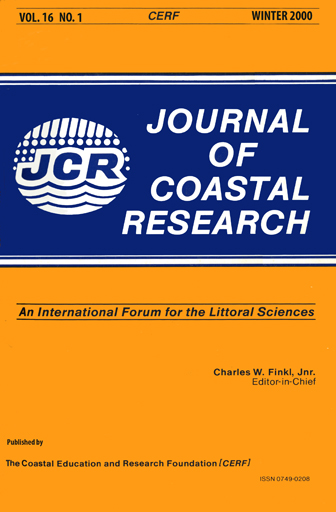Interdependence of Myrica cerifera Seedlings and the Nodule Forming Actinomycete, Frankia, in a Coastal Environment
Keywords:
Colonization, edaphic factors, establishment, nitrogen fixation, symbiosis, shrub thicket, successionAbstract
The shrub, Myrica cerifera, and the nitrogen-fixing bacterium, Frankia, form a symbiotic relationship that is important for seedling establishment on nutrient poor coastal soils. To determine potential interdependence, the spatial distribution of host plant seedlings was examined in relation to the root symbiont on a Virginia barrier island. Spatial patterns for both species were related to microtopography and soil chlorides. Myrica cerifera seedlings were more commonin the swale region than on the dune crests or slopes. Abioassay quantified the extent of Frankia distribution within a recently formed swale where the shrub seedlings were invading. Frankia occurred throughout the swale, but was absent within 20 m of the high tide line. Frankia was found in areas devoid of the host plant; M. cerifera did not occur at ~43% of the locations where Frankia was present. In contrast, the host plant seedlings were limited to areas that contained Frankia. Soil chlorides where M. cerifera seedlings occurred were lower than locations devoid of the host plant. Similarly, soil chlorides where Frankia was present were lower when compared to areas without the root symbiont. Although influenced by microtopography and soil chlorides, the successful establishment and small-scale distribution of M. cerifera seedlings in coastal soils depends on the presence of Frankia.


